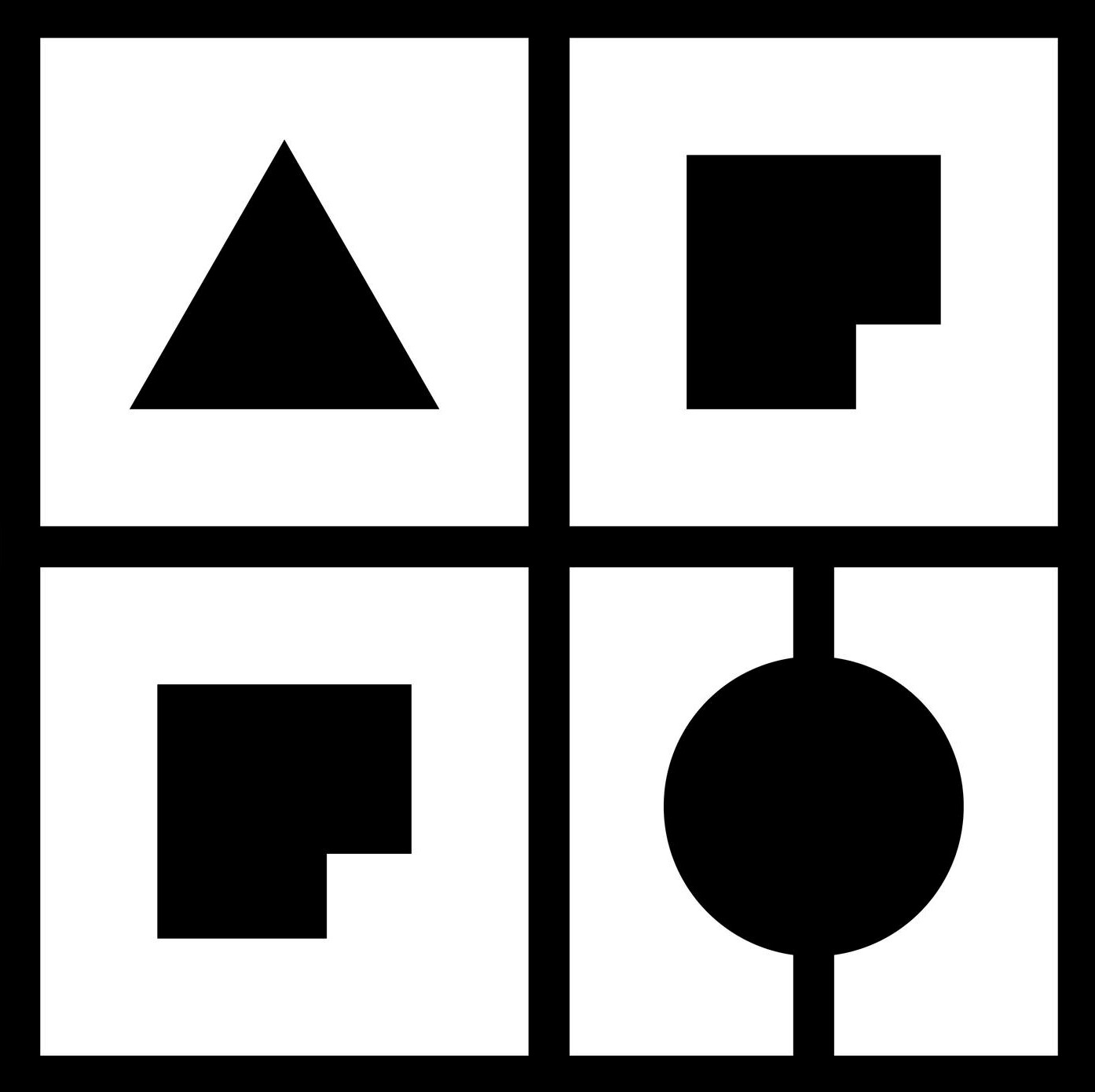OA19AUNV - New Age Architecture and Art
| Course specification | ||||
|---|---|---|---|---|
| Type of study | Bachelor academic studies | |||
| Study programme | ||||
| Course title | New Age Architecture and Art | |||
| Acronym | Status | Semester | Number of classes | ESPB |
| OA19AUNV | mandatory | 3 | 3П + 0В | 4.0 |
| Lecturers | ||||
| Lecturer (for classes) | ||||
| Lecturer/Associate (for practice) | ||||
| Condition | Облик условљености | |||
| to attend, pre-exam commitments on lower courses Architecture and Art lectures to take exam, already passed lower courses Architecture and Art lectures | Does not have. | |||
| The goal | ||||
| Studying and mastering the development of architectural and artistic creativity during the New Age, as well as mastering the principles of aesthetics and philosophy of that time. Introduction to social conditions which led to the emergence of the Renaissance, as a turning point in the development of society as a whole. | ||||
| The outcome | ||||
| Acquiring knowledge about the development of architecture, urbanism and artistic creation in the New Age. The study of aesthetics and philosophy of the New Age. Aesthetic reflections on changes in perceptions in relation to Antiquity and the Middle Ages in the analysis of architectural works of art, a review of changes in philosophical and aesthetic conceptions of the phenomenon of beauty in antiquity and the Middle Ages. Creating an integral image of architecture and art created in succession after the Old and Middle Ages century. Mastering the analysis of architectural and artistic works through understanding the aesthetic analyzes of the New Age. Introduction to significant social events that followed the emergence of the Renaissance - reformation and counter-reformation, industrial revolution. Mastering theories of architecture and city, application and transformation of ancient ideas about space, architectural form, techniques construction and stylistic forms, preparation for a new, contemporary philosophy of architecture. Understanding historicisms of the eighteenth and nineteenth centuries in architecture and art, as well as the roots of modern architecture. | ||||
| Contents | ||||
| Architectural and artistic creation of the New Age. Parallel monitoring of art development, architecture and aesthetic principles and philosophy of the time, throughout the semester. Social conditions which led to the emergence of the Renaissance. Humanism as a basis for Renaissance creativity. Man universal. Creating an authorial architecture. Perspective and other auxiliary disciplines in architecture. Renaissance theories of architecture and ideal cities. Review of the Renaissance creations in Italy. Filippo Brunelleschi. Leon Batista Alberti. Donato Bramante. Rafael. Baltazare Peruci. Giulio Romano. Michelangelo Buonarroti. Antonio Paladio. Other authors in Italy. Overview of Renaissance creativity in Italy and other European countries - France, England. Mannerism. Social conditions that led to the emergence of the Baroque. Reformation and counter-reformation. Psychological experience of baroque architecture and urbanism. Realization renaissance ideas about the city in the baroque. An overview of Baroque architecture in Italy. Giacomo Baroci yesVinjola. Bernini and Boromini. Other authors in Italy. An overview of Baroque architecture in others European countries: England, France, Germany, Austria, Russia. Baroque urbanism. The architecture of historicism. The Industrial Revolution and the Roots of the Modern Age. Architecture overview XVIII and XIX centuries in European countries. Reconstructions of European cities of the 19th century. The start of the modern age. | ||||
| Methods of teaching | ||||
| Lectures, semester assignments (graphic works, models, essays), excursions, consultations | ||||
| Literature | ||||
| ||||
| Облици провјере знања и оцјењивање | ||||
| Oral exam | ||||
| Посебна назнака | ||||
| Нема. | ||||
